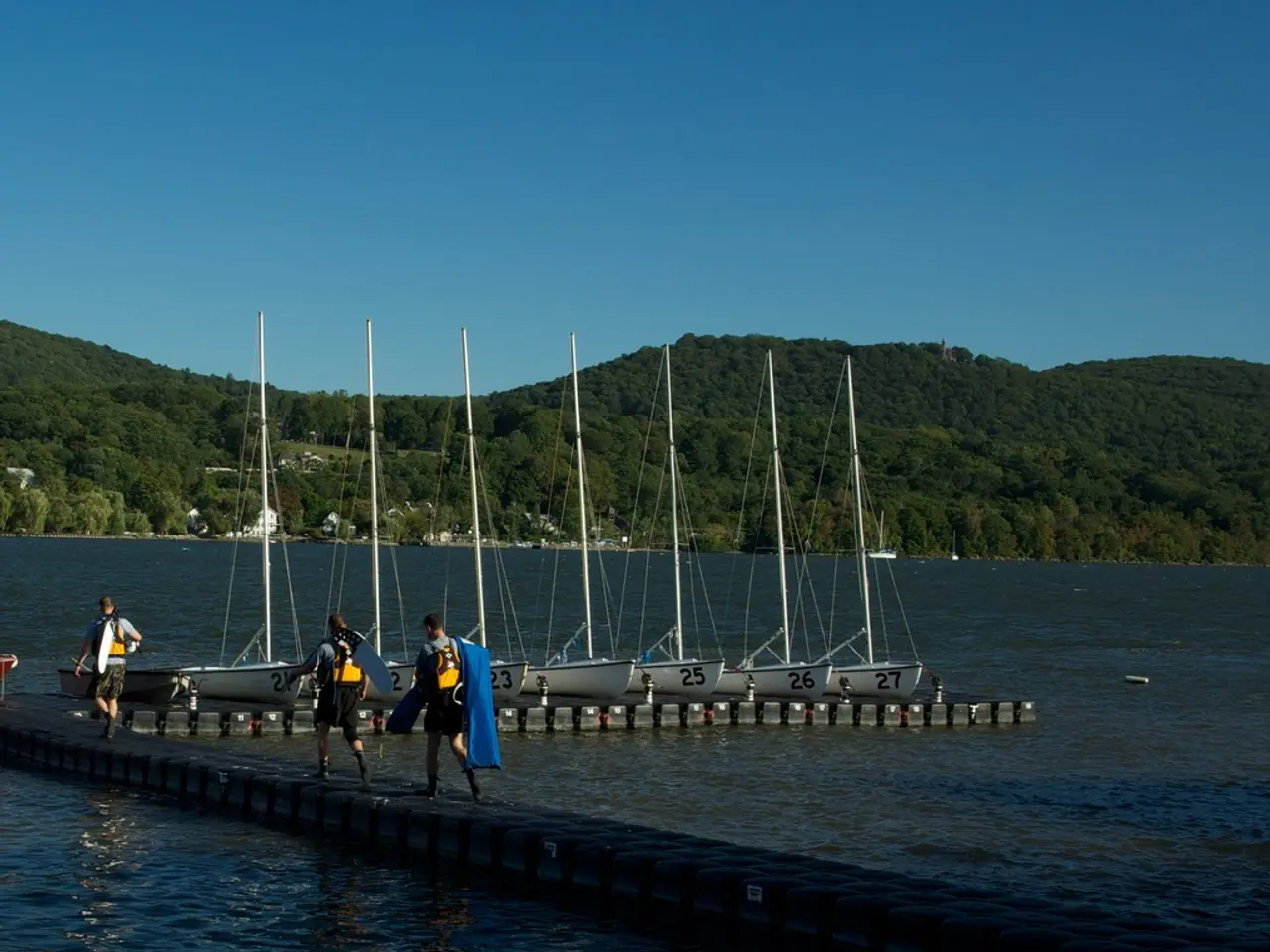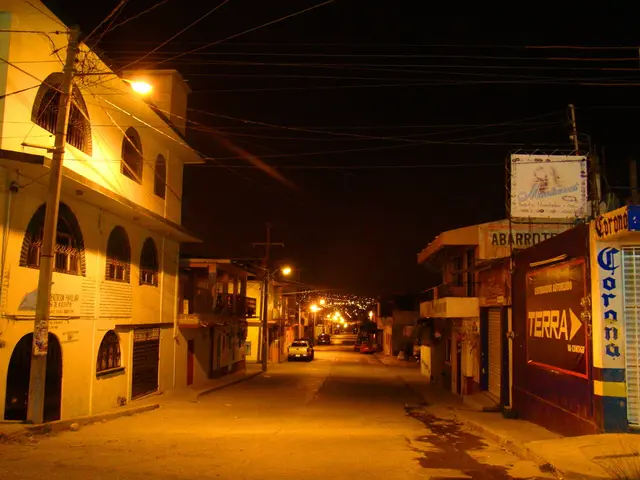Sierra Space Secures $290M Funding, But NASA Support Threatens ISS Resupply Hopes
Sierra Space Corporation, a private aerospace company, has secured $290 million in funding, catapulting its valuation to $5 billion and making it a unicorn stock. This investment will support the completion of the Dream Chaser spacecraft's development. However, the company faces challenges in its quest to supply the International Space Station (ISS) due to NASA's waning support and the ISS's impending deorbit in 2030.
Sierra Space was initially awarded a role in NASA's $14 billion CRS-2 project in 2014, valued at roughly $628 million per launch. The company was expected to conduct seven launches by 2024, alongside SpaceX and Northrop Grumman, for a total of 18 CRS missions. However, NASA extended the CRS-2 contract to 32 launches through 2026, allocating more launches to SpaceX and Northrop Grumman than Sierra Space.
The Dream Chaser spacecraft, Sierra Space's hope for ISS resupply, was expected to start launching in 2019. However, it has not flown even once as of 2025. NASA has commissioned Sierra Space to conduct a free demonstration flight mission between 2026 and 2030 to prove the Dream Chaser's compatibility for ISS deliveries. This mission is planned without an initial cargo mission guarantee. NASA has warned Sierra Space that it must prove the Dream Chaser can fly by late 2026 to avoid exclusion from the CRS-2 contract and future resupply missions.
Some investors still hope for an Initial Public Offering (IPO) from Sierra Space, but NASA's reduced support may discourage them. In 2025, NASA announced it would modify the CRS-2 contract, potentially excluding Sierra Space due to the Dream Chaser's delayed development. NASA is also paying Elon Musk $850 million to deorbit the ISS, which is due to deorbit in 2030. If Sierra Space does not get the Dream Chaser operational soon, there may not be an ISS left to deliver supplies to.
Sierra Space Corporation's future in ISS resupply missions hangs in the balance. With the ISS's deorbit approaching and NASA's reduced support, the company must successfully demonstrate the Dream Chaser's capabilities by late 2026 to secure its role in the CRS-2 contract and future missions. Despite these challenges, investors still hope for an IPO from the company, but NASA's actions may influence their decisions.
Read also:
- Amazon Halts Drone Deliveries After Arizona Crashes
- US Energy Transition: Coal Plants Struggle, States Push Renewables
- Musk threatens Apple with litigation amidst increasing conflict surrounding Altman's OpenAI endeavor
- U.S. Army Europe & Africa Bolsters Regional Security with Enhanced Partnerships & Deterrence







